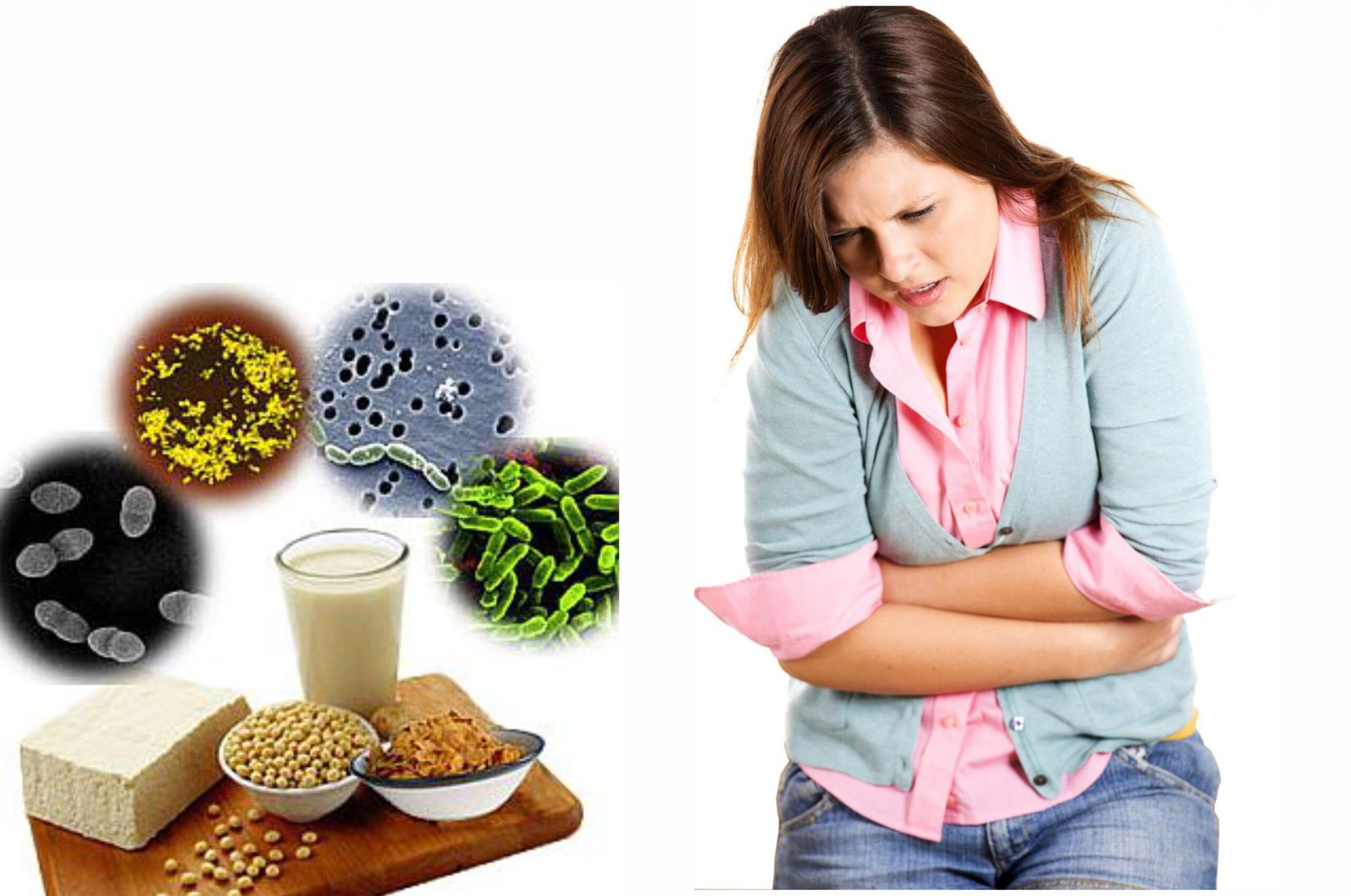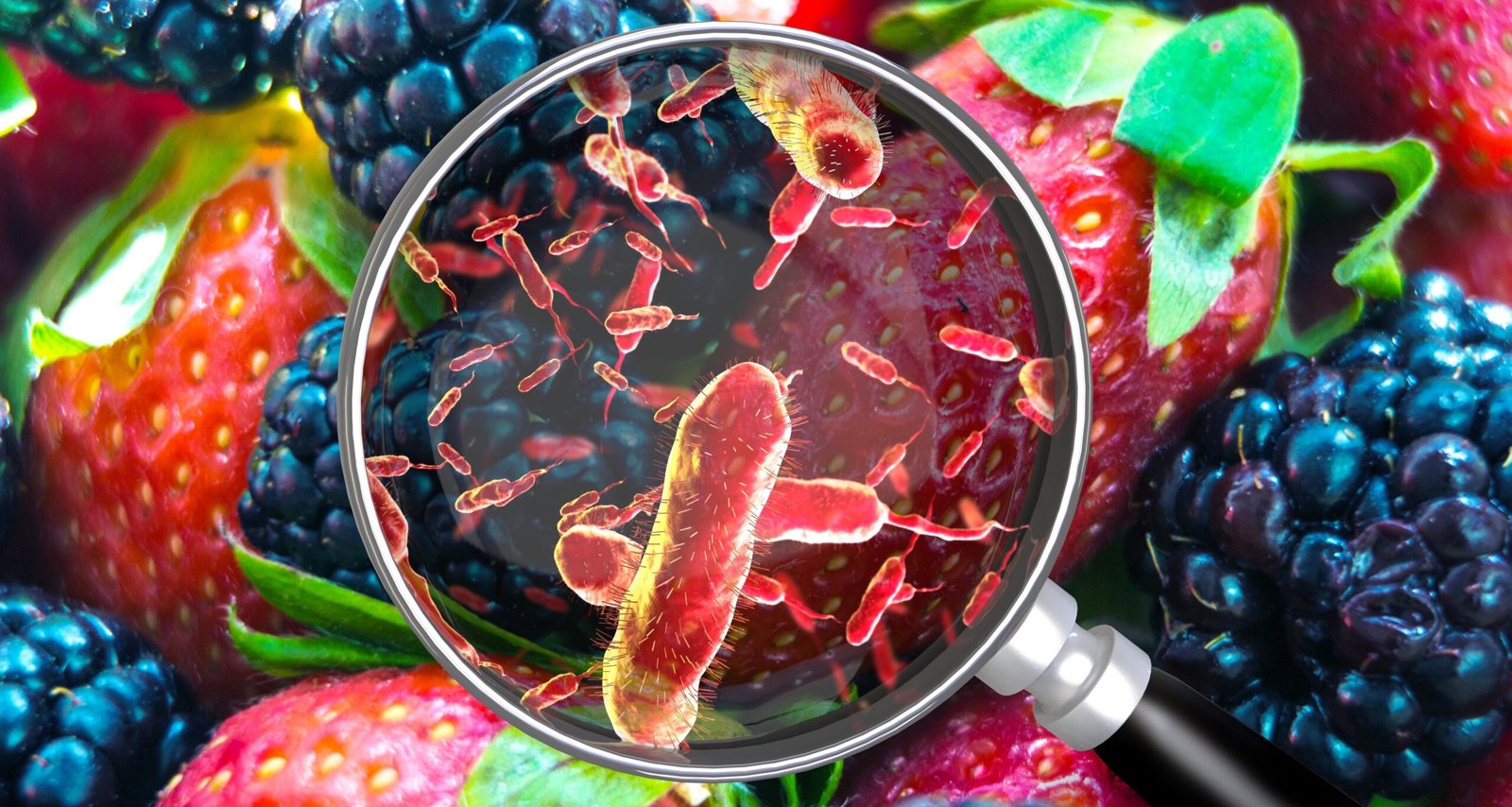Food poisoning – This book covers the entire syllabus of “Nutrition and Dietetics” prescribed by BNMC-for all Diploma in Nursing Science and Midwifery students. We tried to accommodate latest information and topics. This book is examination friendly setup according to the teachers’ lectures and examination’s questions. At the end of the book previous university questions are given. We hope in touch with the book students’ knowledge will be upgraded and flourished. The unique way of presentation may make your reading of the book a pleasurable experience.

Food poisoning
Food poisoning is an acute gastro-enteritis caused by ingestion of food or drink contaminated with either living bacteria or their toxins or inorganic chemical, substances and poisons derived from plants and animals. This condition is characterized by
- History of ingestion of a common food.
- Attack of many persons at the same time, and
- Similarity of signs and symptoms in the majority of cases.
(Ref: K. Park/24)
Causes/Methods of food poisoning:
1. During preservation of food, e.g. many pesticides, insecticides.
2. Chemical-from tin container, crude knife
3. Infected animal meat.
4. Contamination of food.
5. By food handlers; cases and carriers of typhoid, staphylococcal or TB infection.

Factors contributing to food poisoning outbreaks:
1. Inadequate cooking -27%
2. Temperature control – 20%
3. Contaminated equipment – 19%
4. Unsafe food source – 19%
5. Poor personal hygiene 09%
6. Others-06%

Prevention of food poisoning:
1. Food sanitation: strict food sanitation be ensured by –
a) Personal hygiene-for those engaged in preparing cooking and handling food.
b) Food handlers-should be free from infected wound, boil, diarrhea, dysentery.
c) Food handling techniques-pasteurization of milk, milk products and egg products through cooking, should not be exposed.
d) Sanitary improvements: Sanitation of all work surfaces, utensils and equipment, destruction of rats, mice, flies and dust.
e) Health education: Food handler should be educated about clean habit and personal hygiene.
f) Meat inspection-before and after slaughter against infection
2. Refrigeration of food: Protein food when reserved in refrigerator for more than 24 hours, then it should be reheated.
3. All canned food should be discarded if there is evidence of decomposition.
4. Surveillance: Food samples must be obtained from the food establishment periodically and subjected to laboratory analysis
(Ref: K. Park/23)
Read more:
